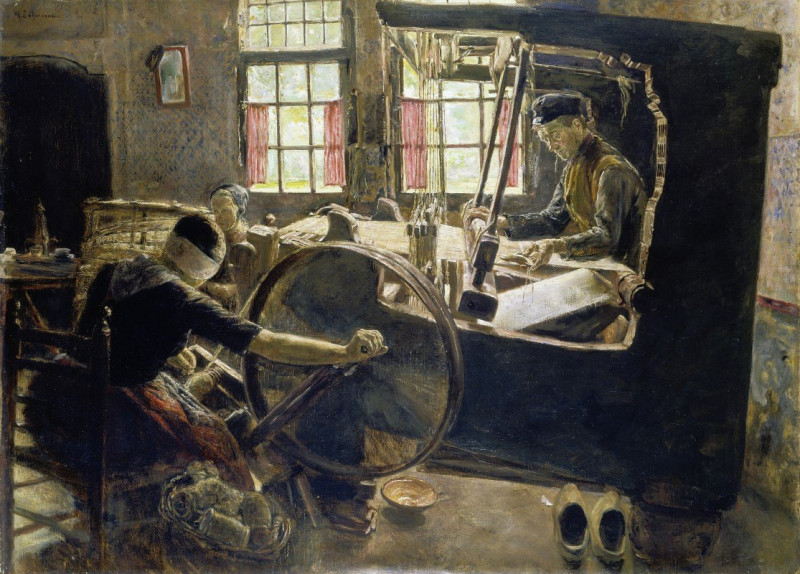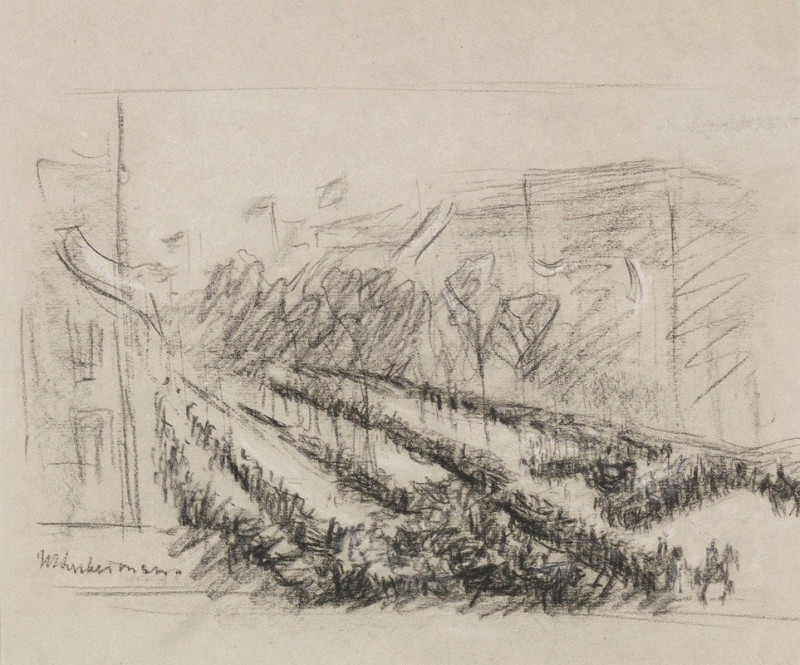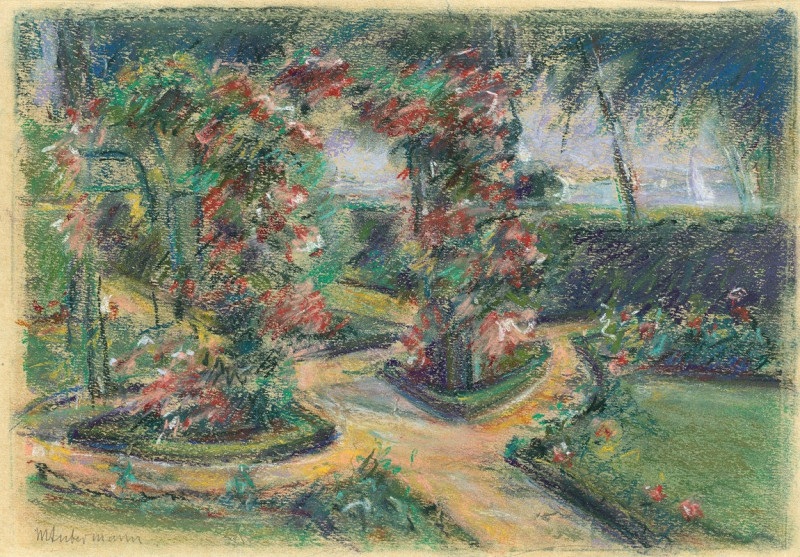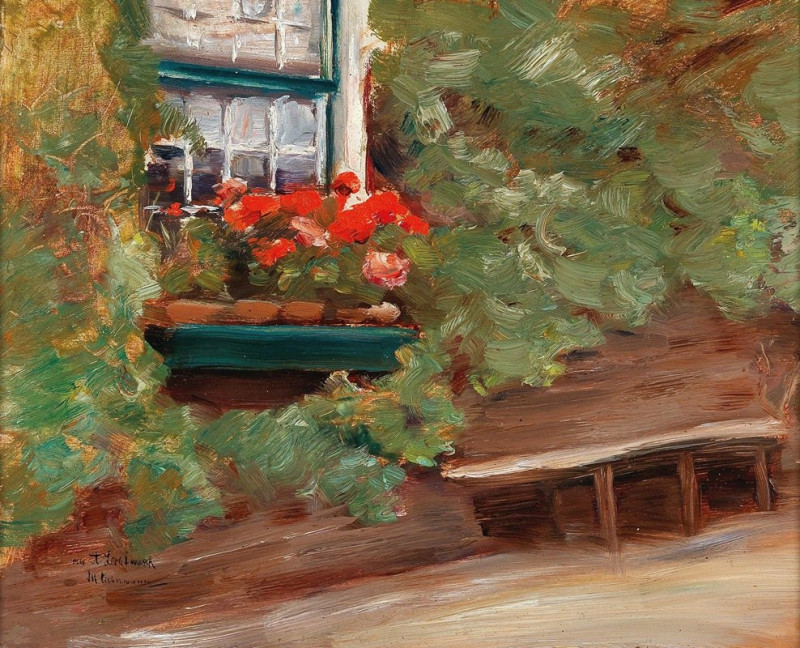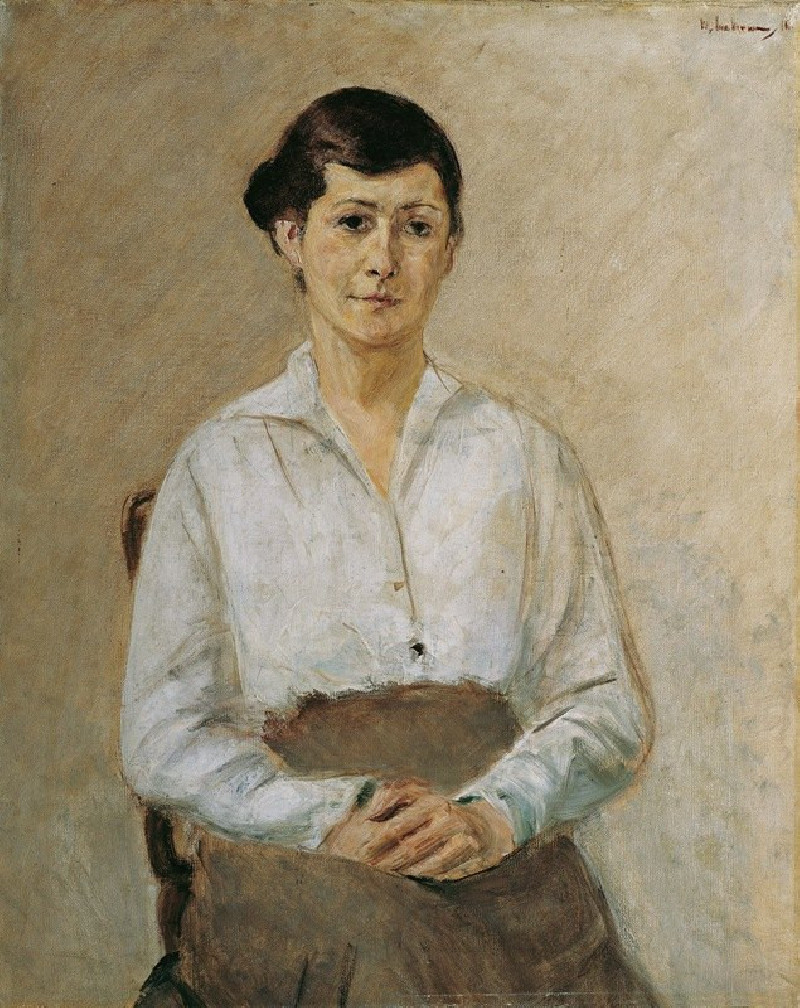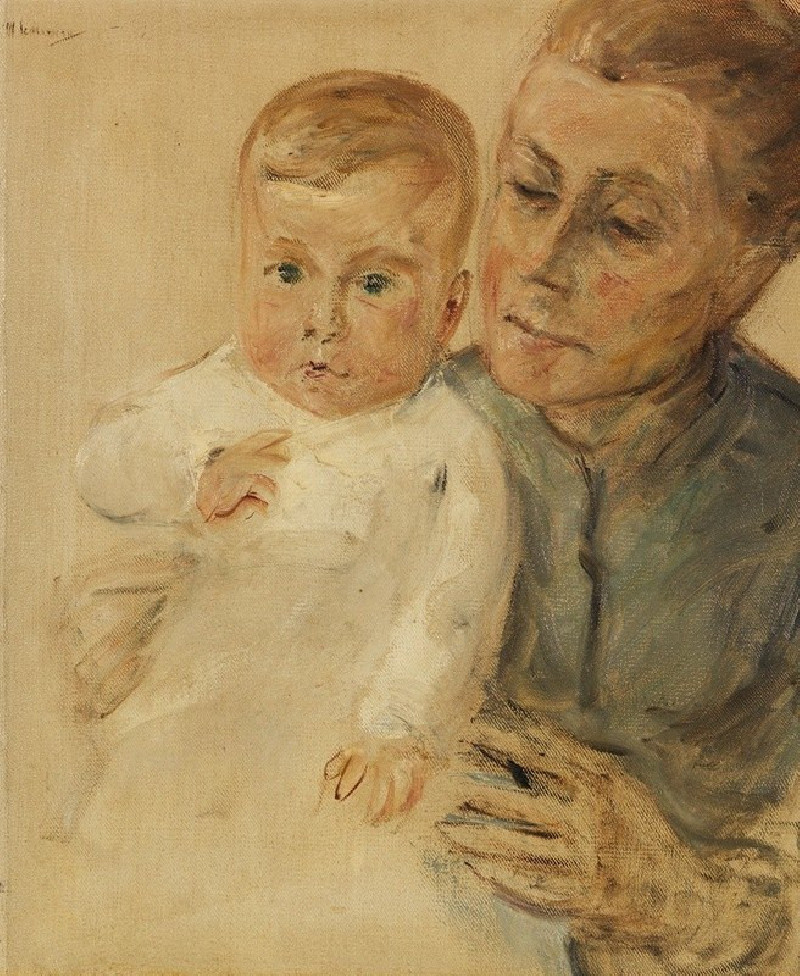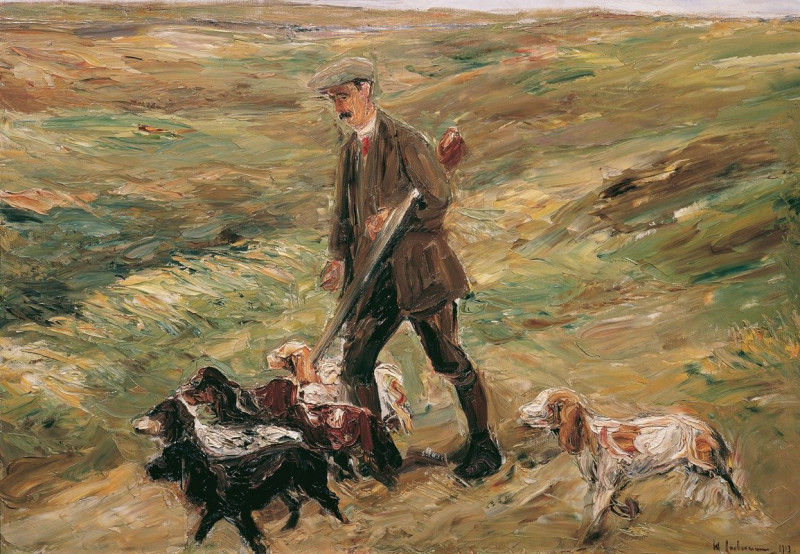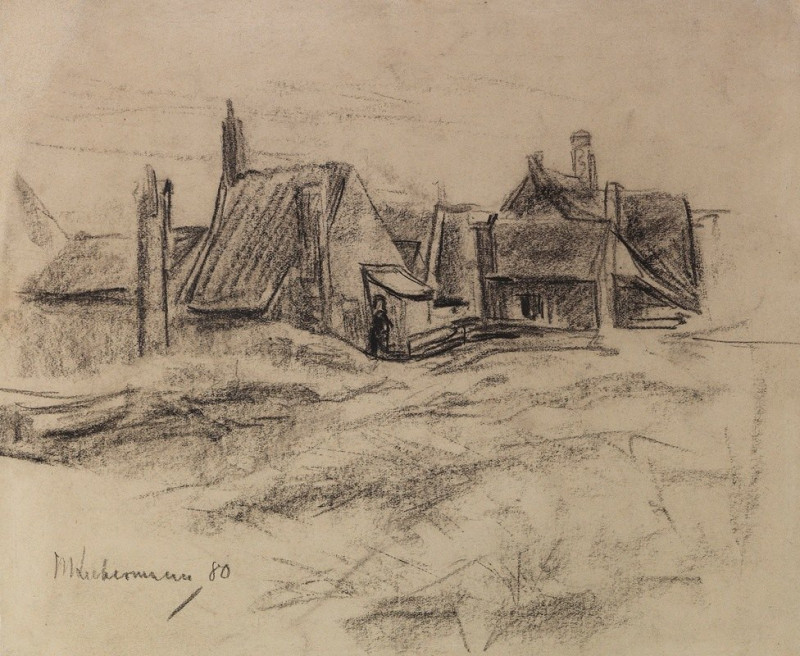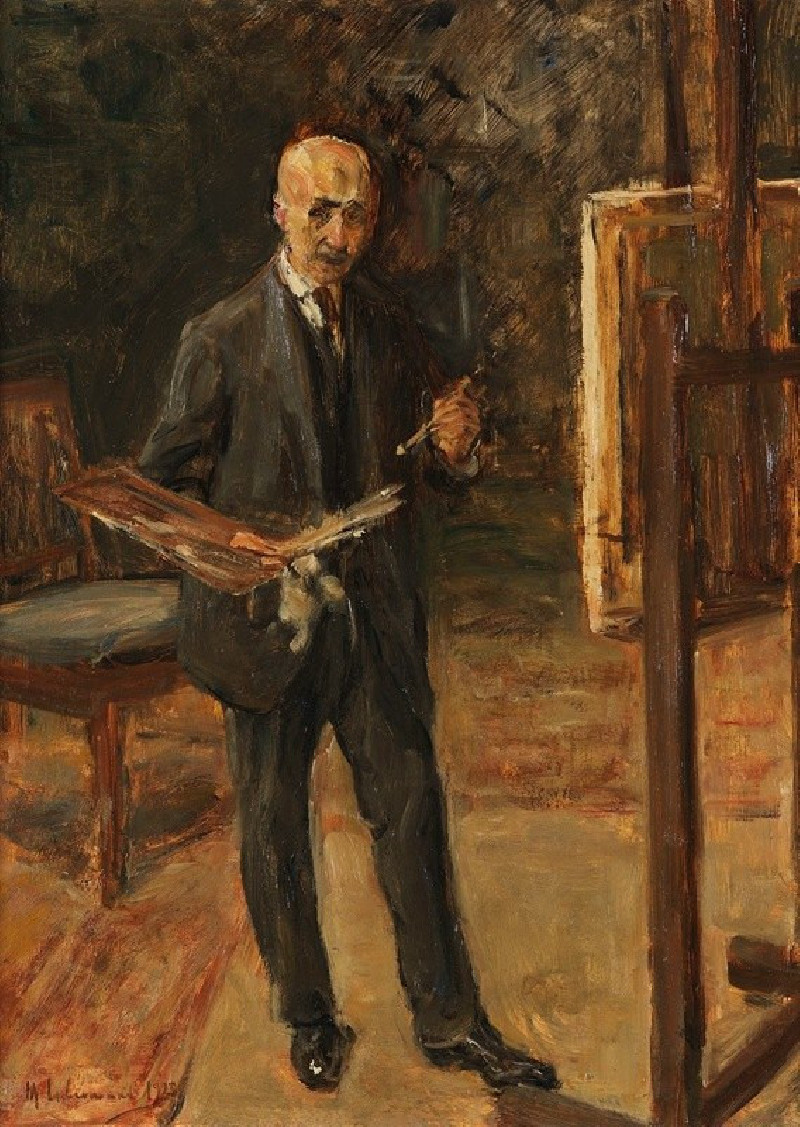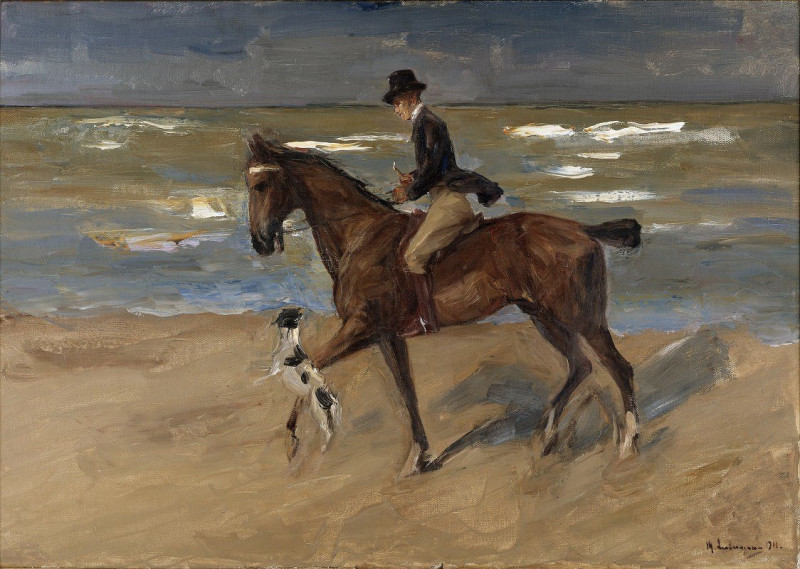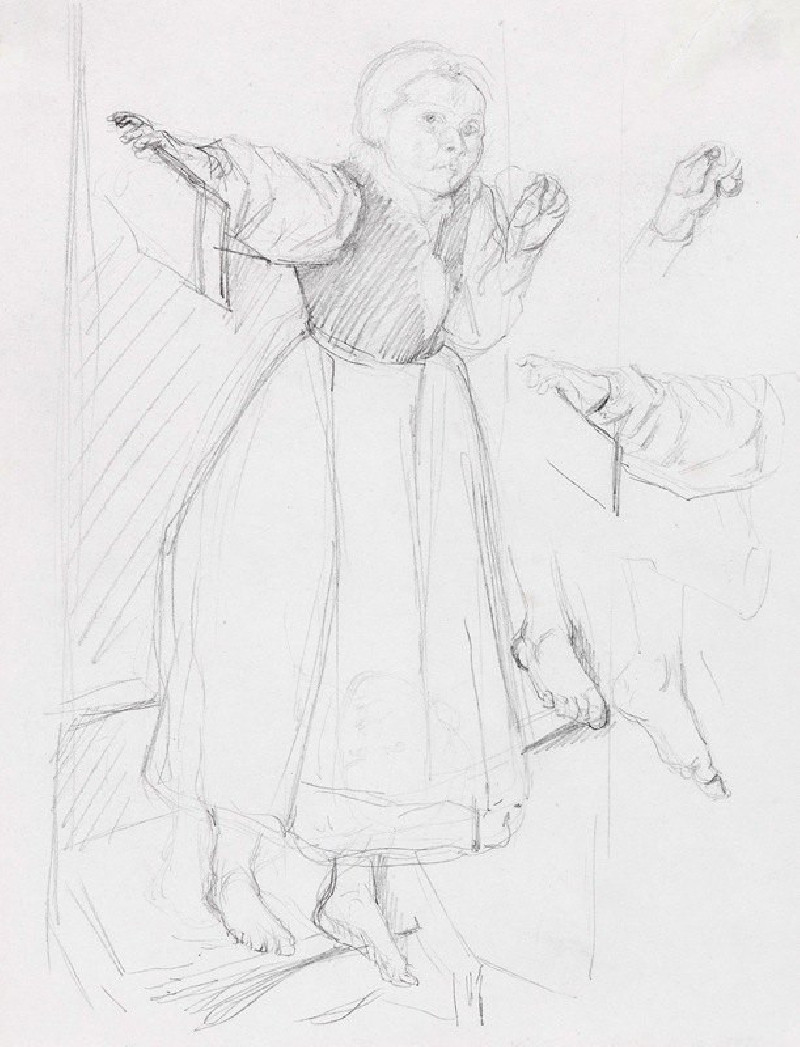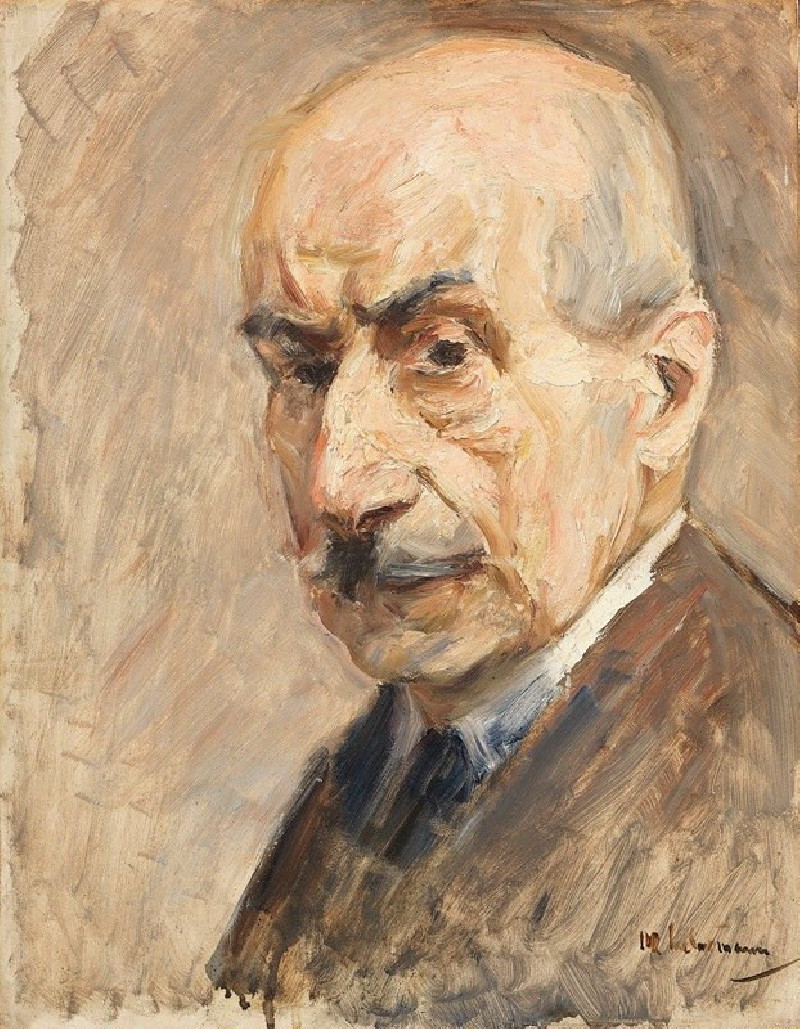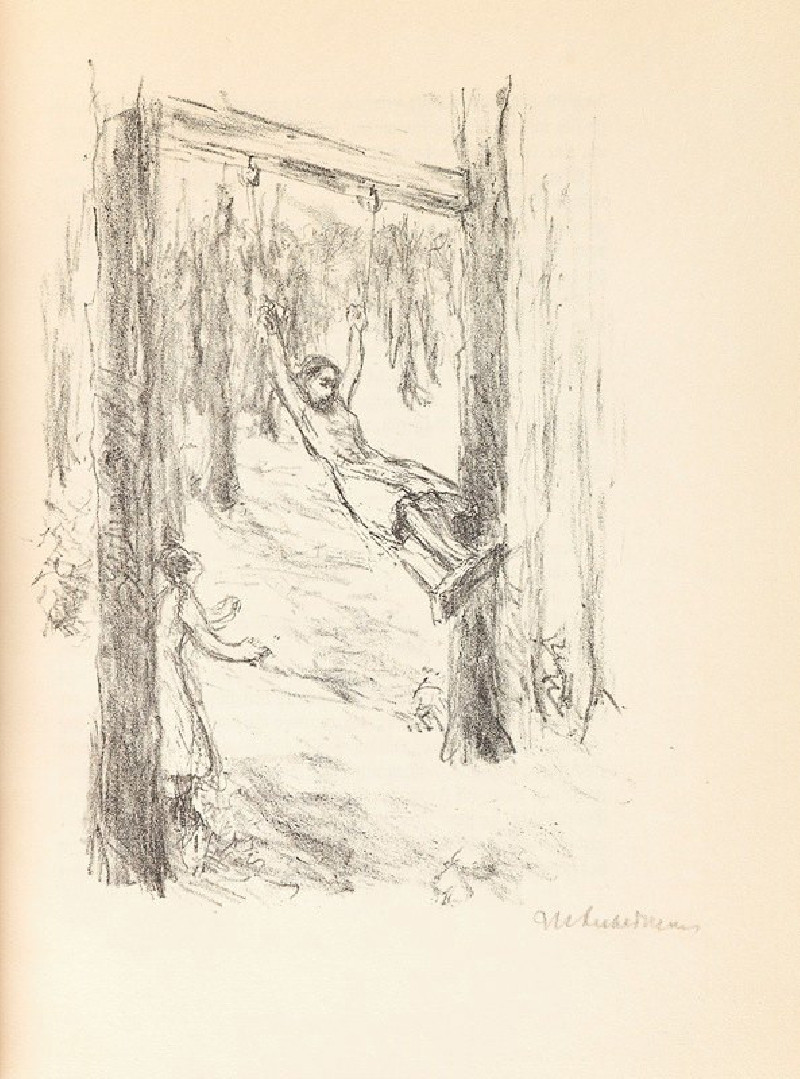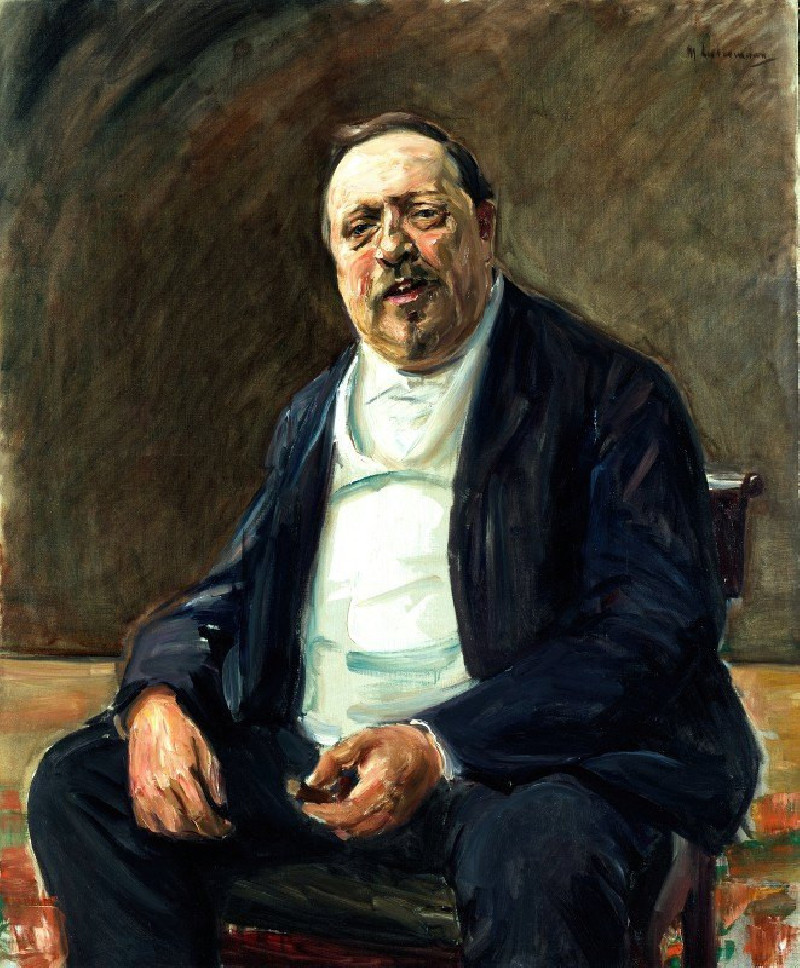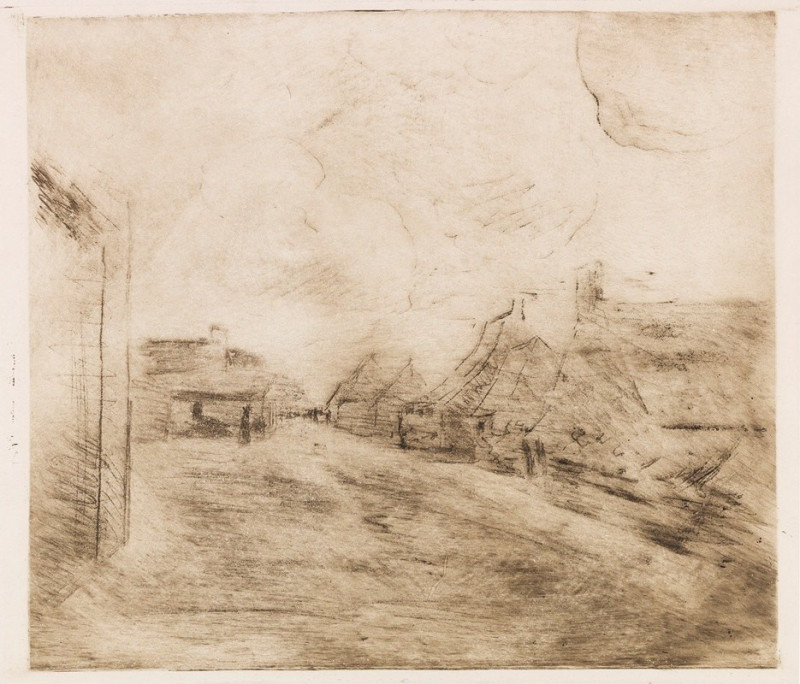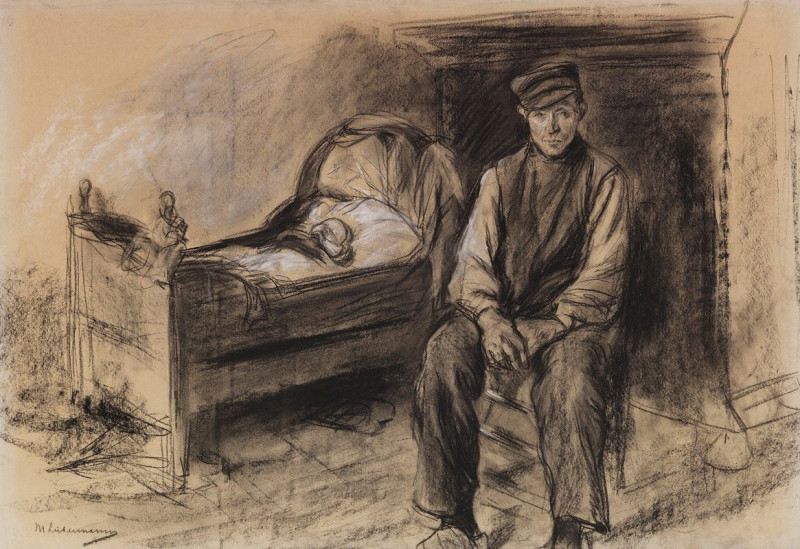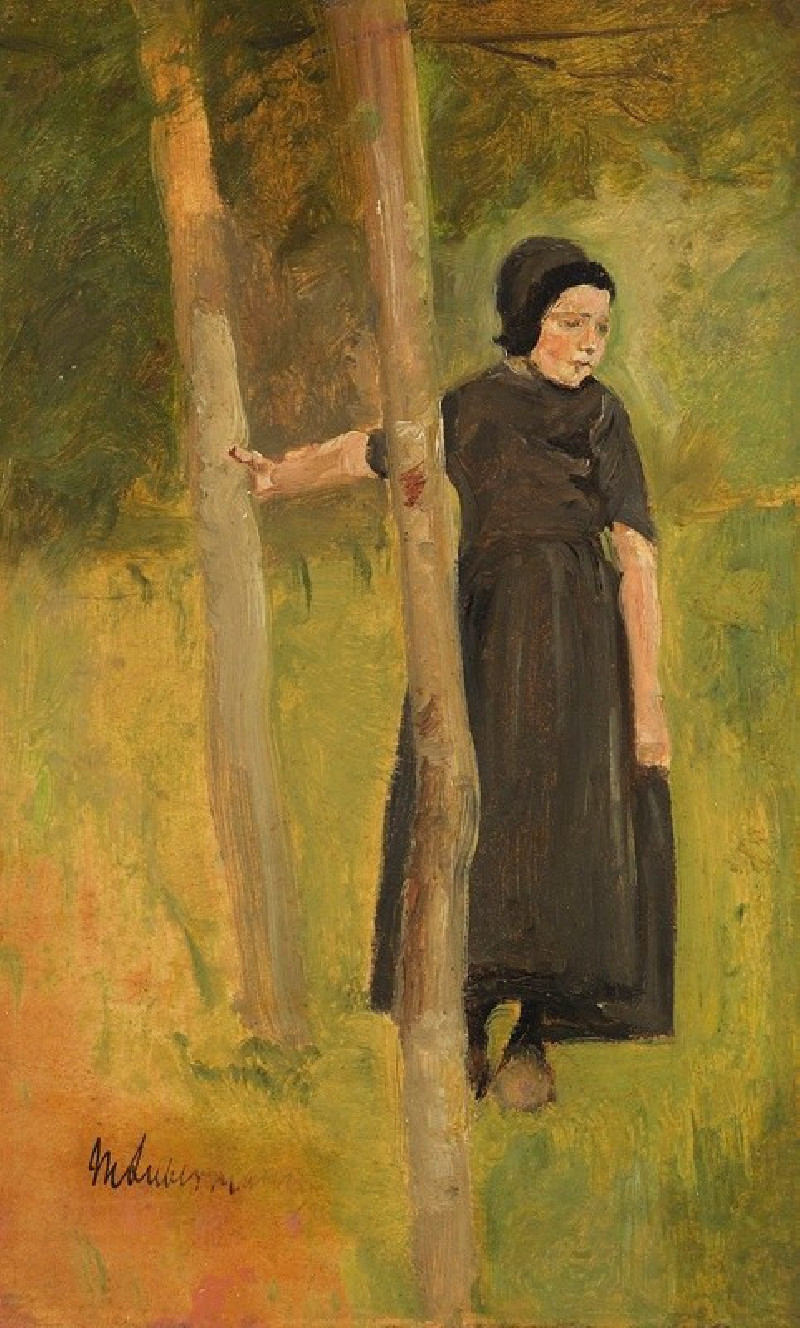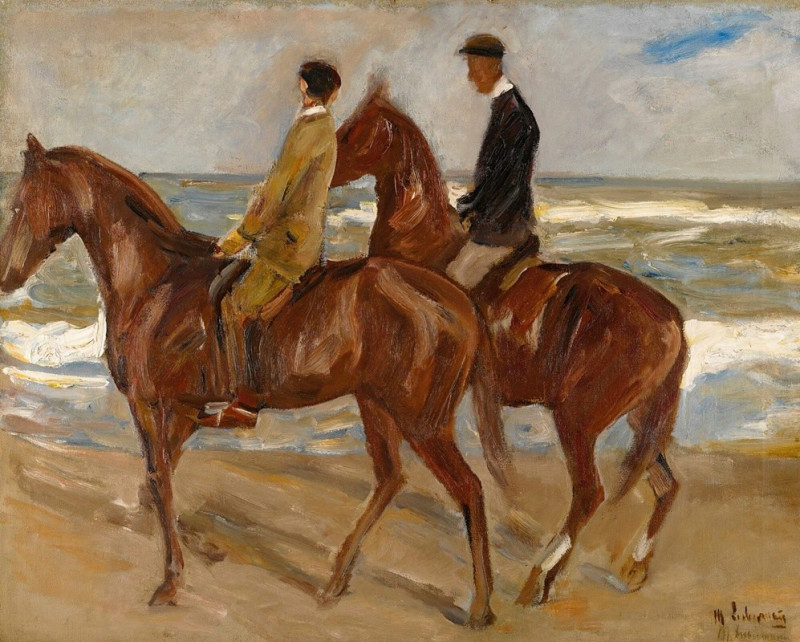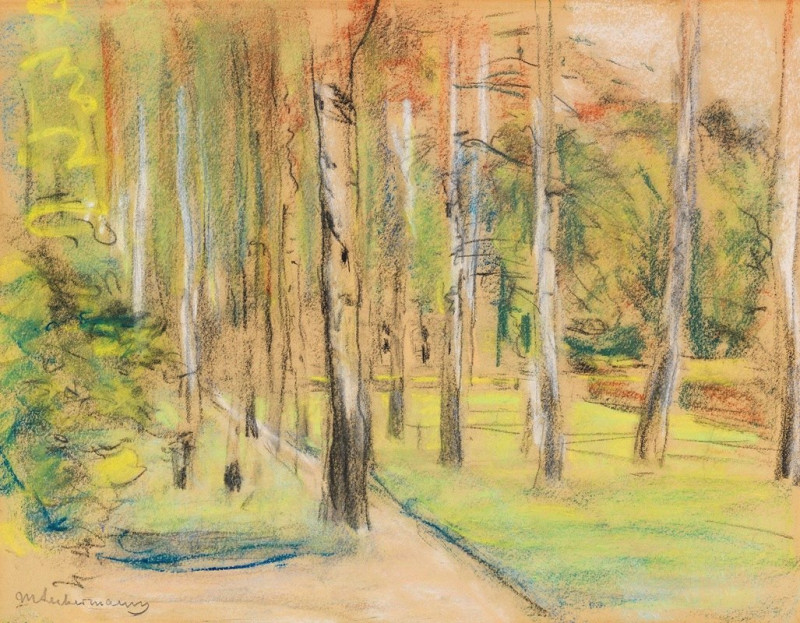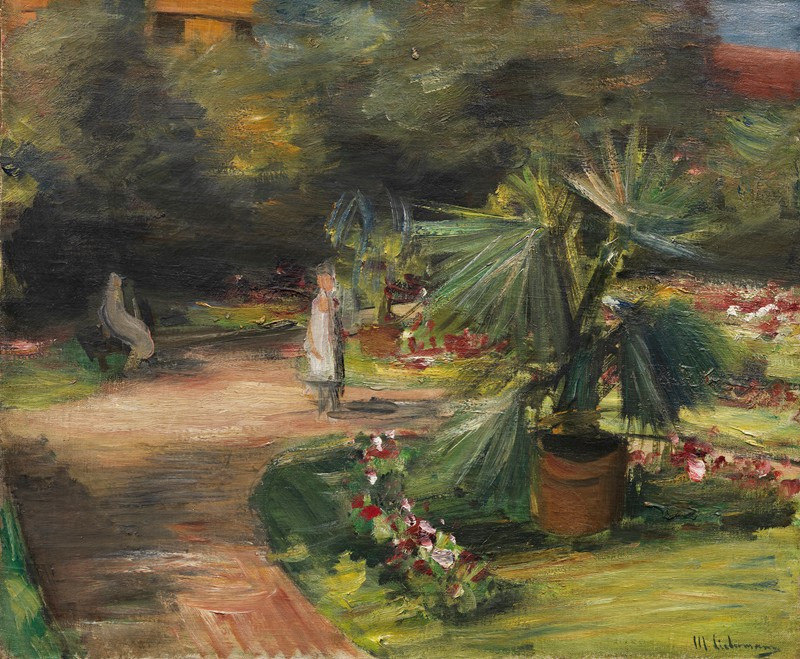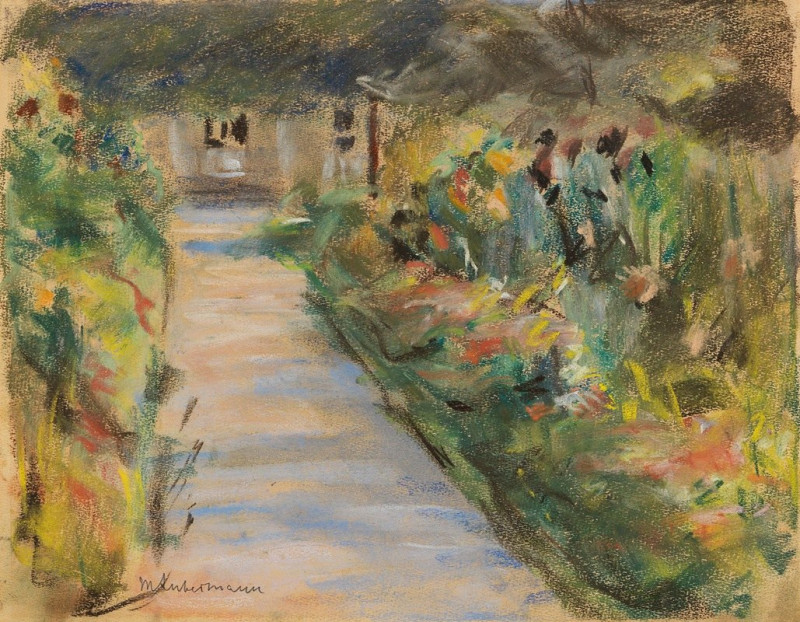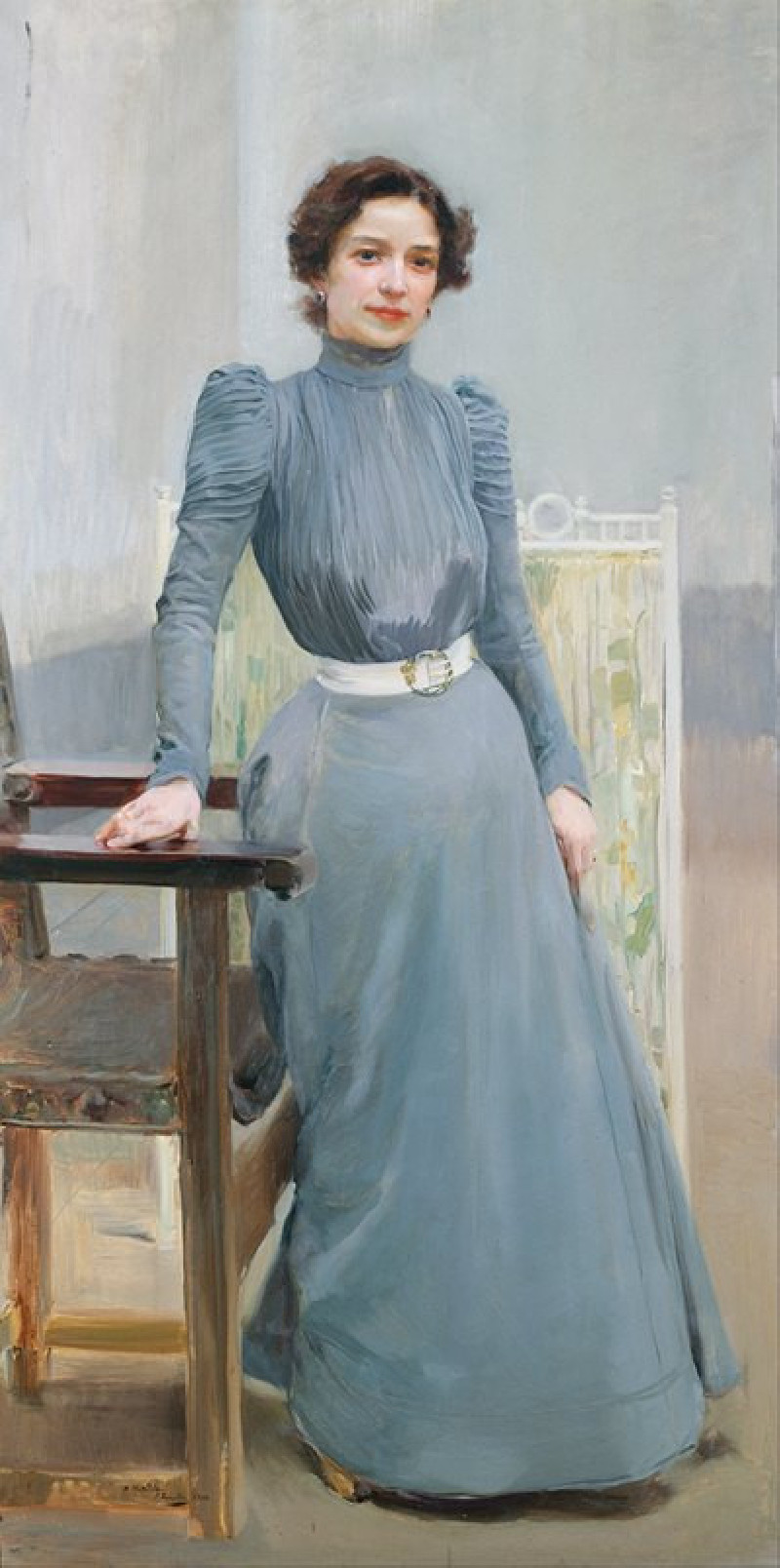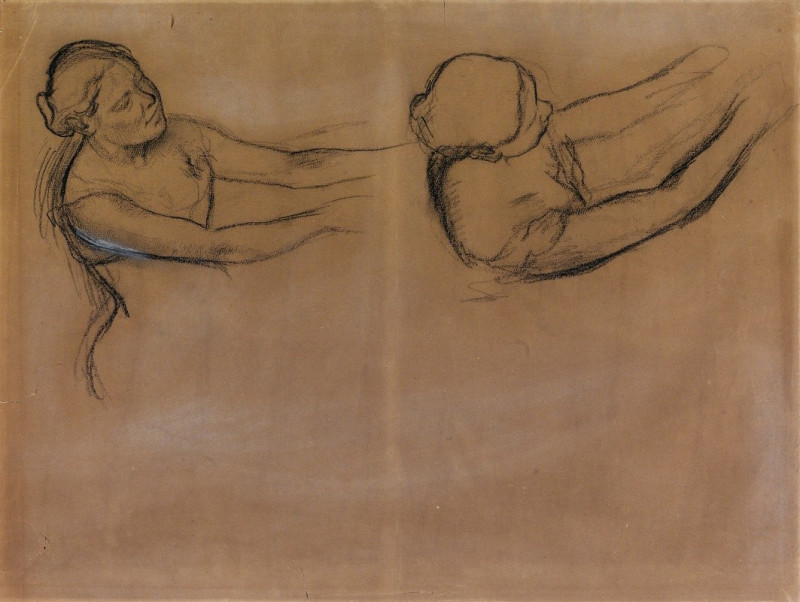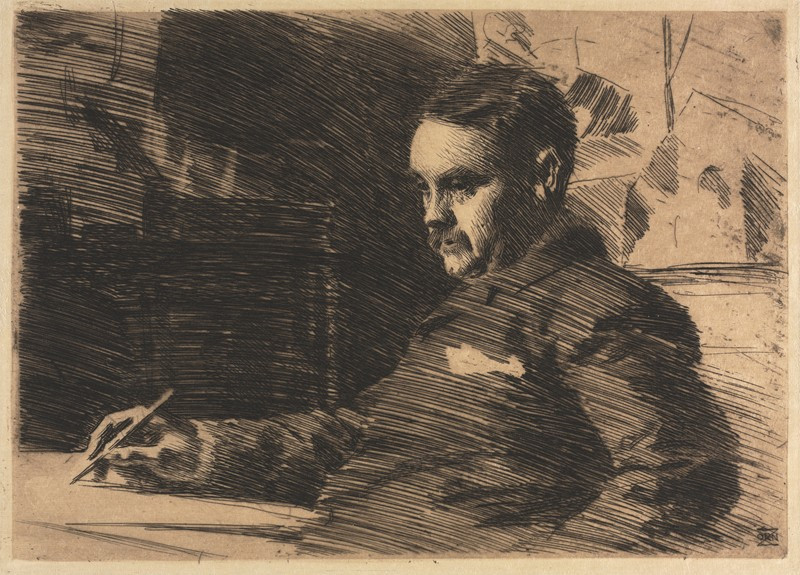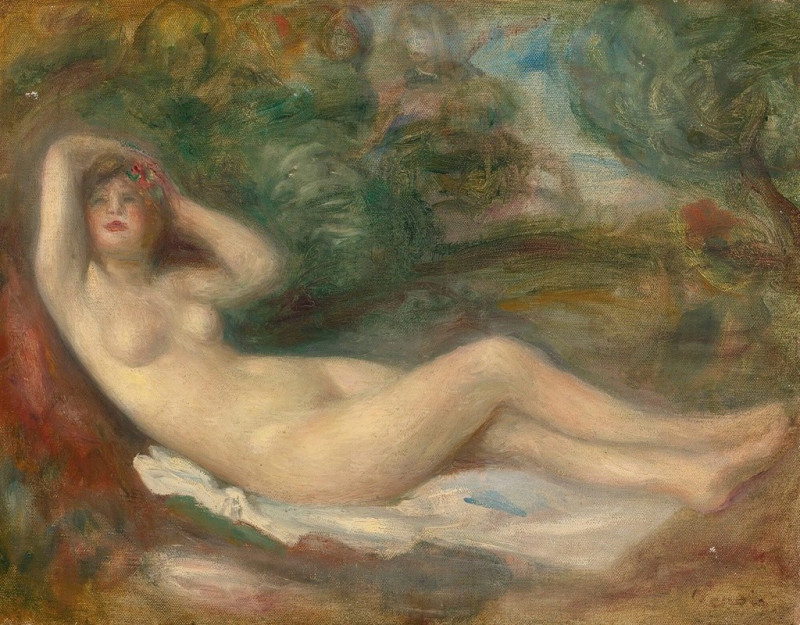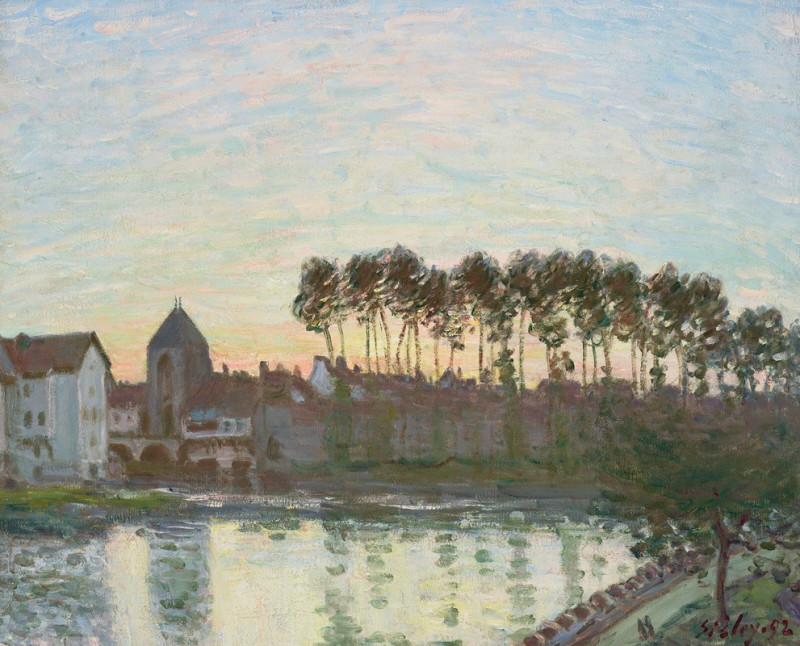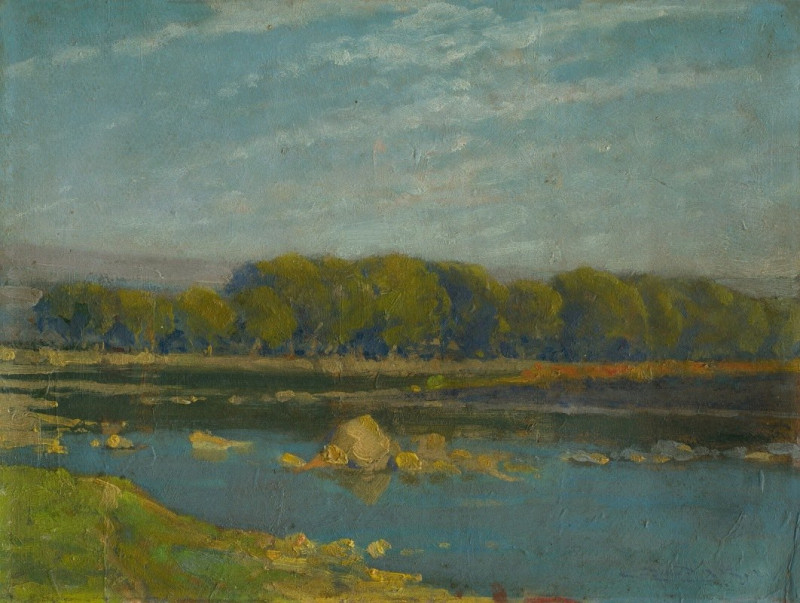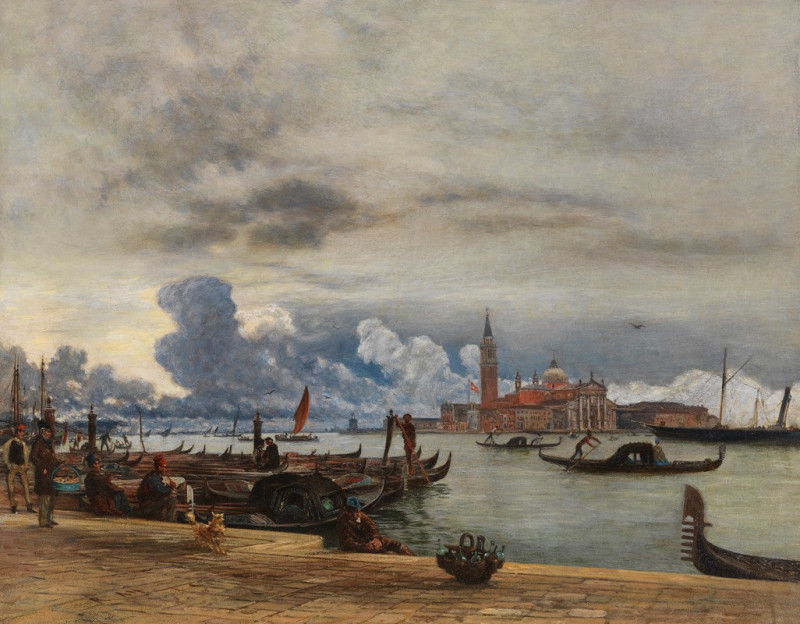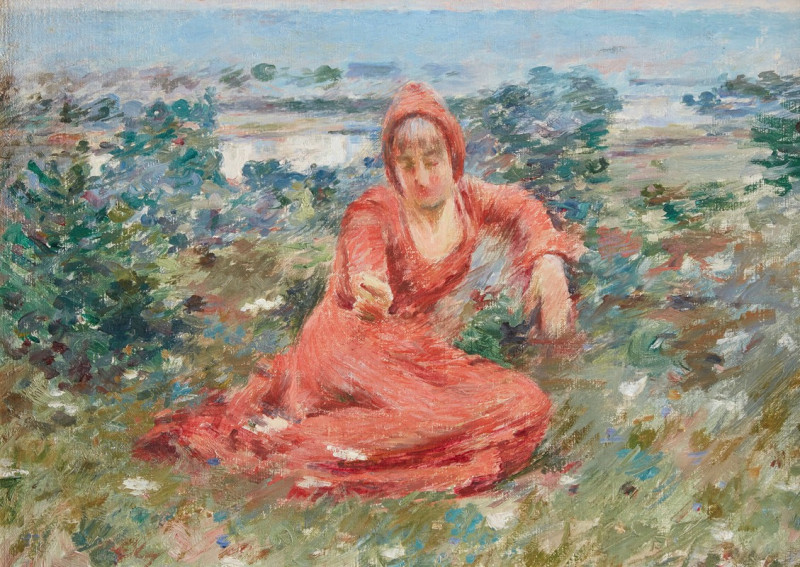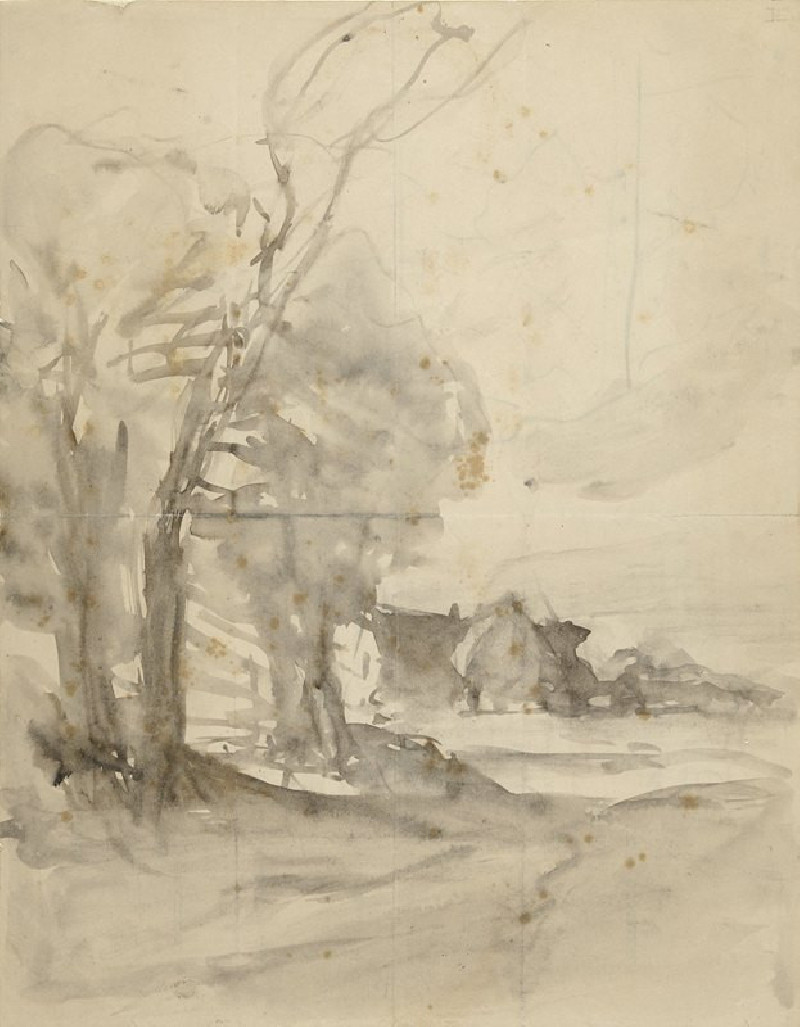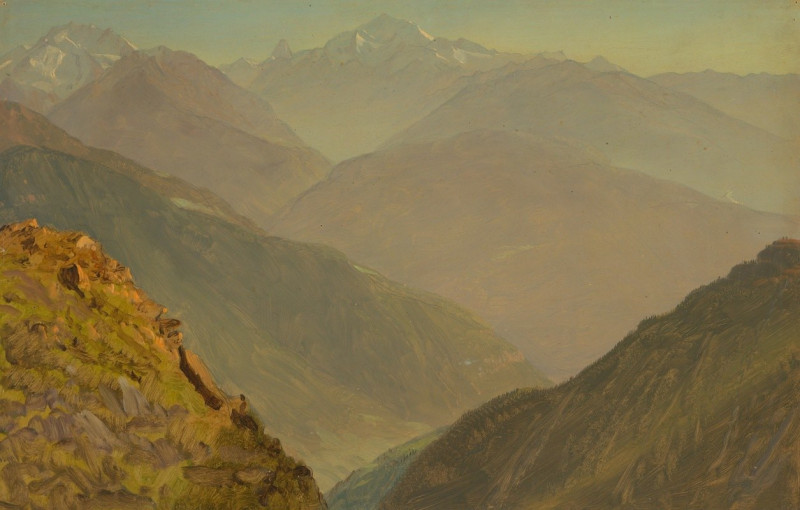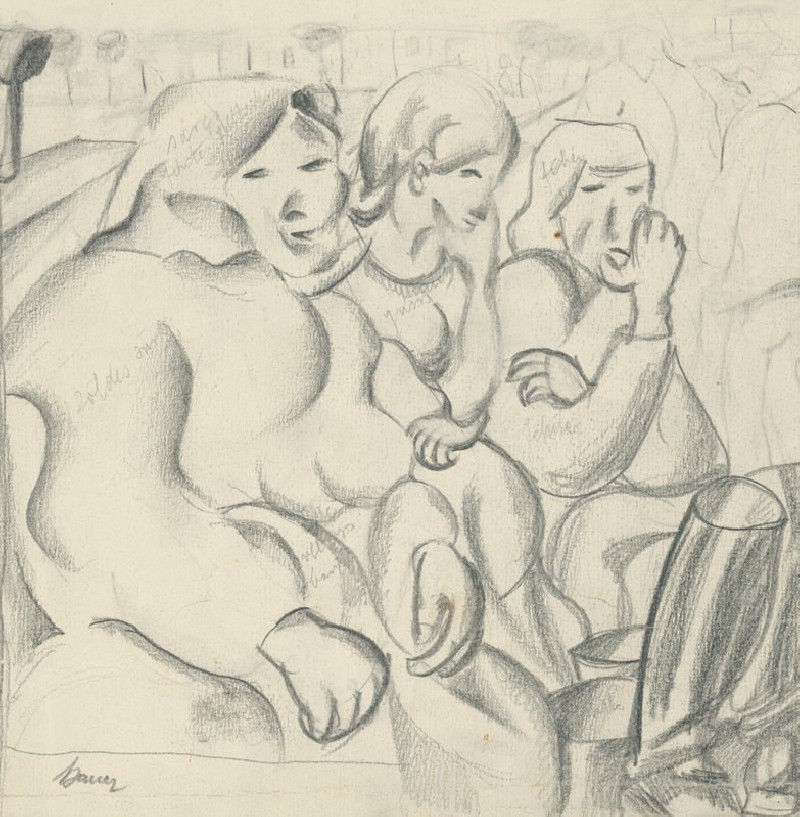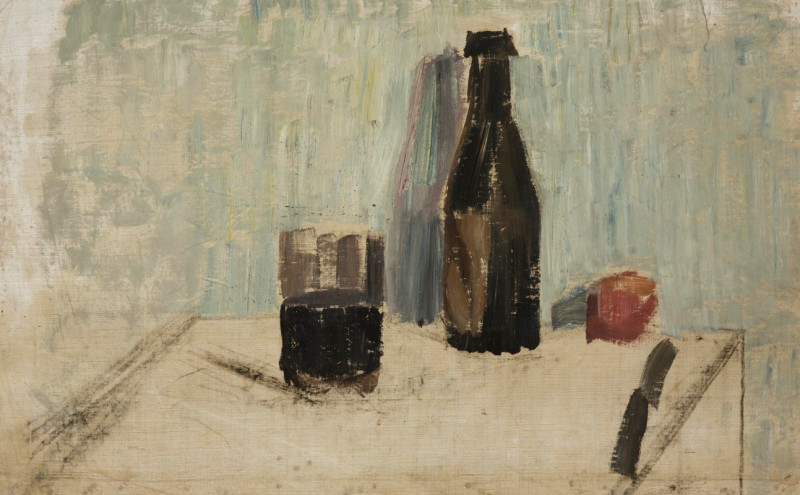The Weaver (1882)
Technique: Giclée quality print
Recommended by our customers
More about this artwork
"The Weaver" is a compelling painting by the German artist Max Liebermann, created in 1882. This artwork presents a detailed and intricate look into the life of a weaver, captured through Liebermann's masterful use of light and texture. The setting is a humble, rustic weaving room where two figures are absorbed in their craft.In the foreground, a weaver, deeply focused and hunched over, operates a large spinning wheel. The careful depiction of her hands and the movement suggested by the spinning wheel showcase the artist's attention to the physicality of labor. A hint of sunlight filters through a large window, highlighting parts of the spinning wheel and casting long shadows that add depth to the room.Across from her, another figure, presumably a fellow weaver, works at a large loom. This character, dressed in workwear, manipulates threads with a concentration that mirrors his counterpart. The interaction between the two, though silent and diligent, suggests a shared commitment to their craft.The painting's ambiance is enriched by the play of light that streams through the window, illuminating the dust-filled air and creating reflections on various surfaces. This light not only emphasizes the texture of the materials and tools but also enhances the overall mood of industry and diligence.Max Liebermann's "The Weaver" is not just a portrayal of textile production; it is a vivid narrative about the labor and lives of ordinary people, rendered with great empathy and skill.
Delivery
Returns
Max Liebermann was a German painter and printmaker of Ashkenazi Jewish ancestry, and one of the leading proponents of Impressionism in Germany.
The son of a Jewish fabric manufacturer turned banker from Berlin, Liebermann grew up in an imposing town house alongside the Brandenburg Gate.
He first studied law and philosophy at the University of Berlin, but later studied painting and drawing in Weimar in 1869, in Paris in 1872, and in the Netherlands in 1876–77.

